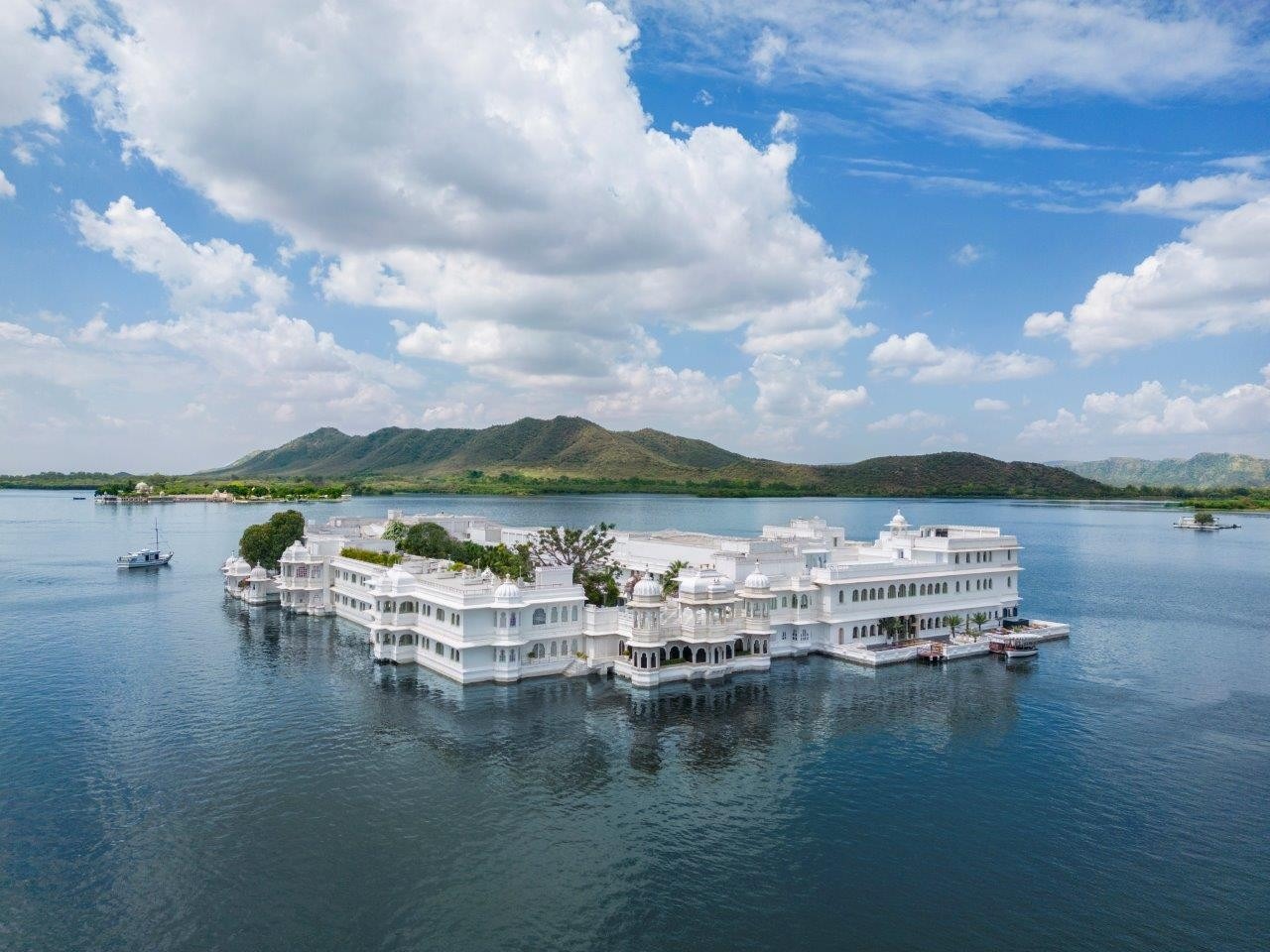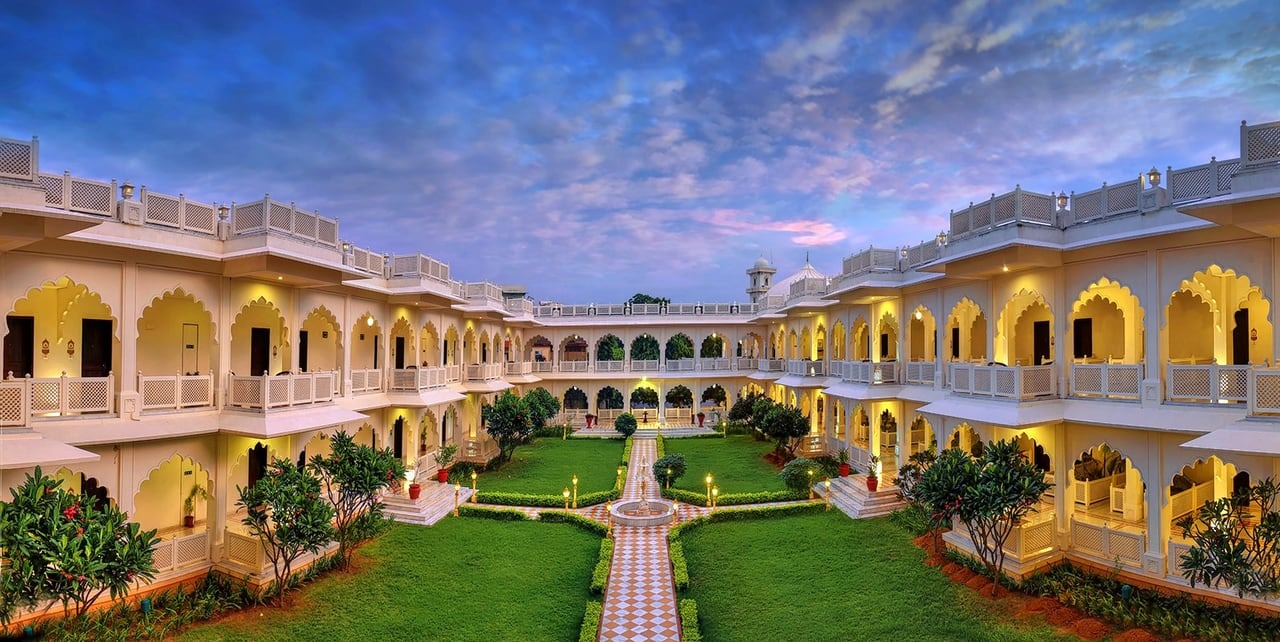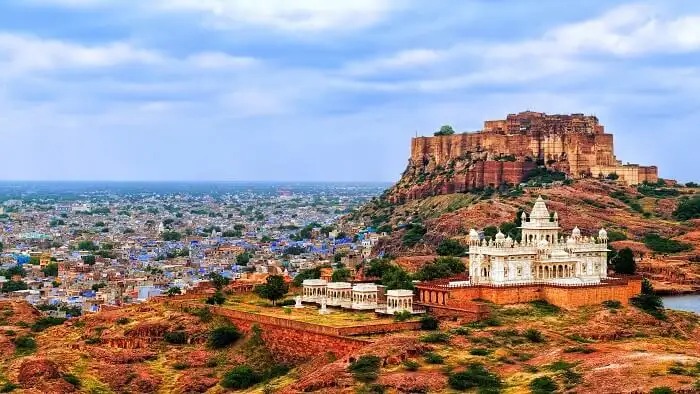Mailing List
Sign up for our mailing list to get latest updates and offers.
A journey from Jaipur to Ranthambore offers a captivating blend of cultural splendor and wildlife adventure. Jaipur, the vibrant capital of Rajasthan, charms visitors with its regal palaces, majestic forts, and bustling markets, including iconic sites like the Amber Fort, Hawa Mahal, and the City Palace. A few hours' drive from Jaipur leads to Ranthambore, renowned for its expansive Ranthambore National Park, one of India’s premier wildlife reserves. The park is famed for its efforts in tiger conservation, offering thrilling opportunities to spot the elusive Bengal tiger in its natural habitat. Beyond tigers, the park is a sanctuary for various species, including leopards, sloth bears, and diverse birdlife. This seamless transition from the urban grandeur of Jaipur to the untamed wilderness of Ranthambore encapsulates a diverse experience of Rajasthan, blending historical richness with the raw beauty of nature.
Morning: Arrive in Jaipur and check in to your hotel. Enjoy a leisurely breakfast at the hotel. Afternoon: Visit the City Palace, a grand complex with its courtyards, gardens, and museums. Explore Jantar Mantar, the astronomical observatory located nearby. Evening: Take a leisurely walk around Hawa Mahal (Palace of Winds) and explore the vibrant local markets. Enjoy dinner at a local restaurant or back at your hotel.

Morning: Visit the majestic Amber Fort, including a tour of its palaces and the surrounding landscape. Stop by Jaigarh Fort for panoramic views of the city and see the world’s largest cannon on wheels. Afternoon: Have lunch at a local restaurant or return to your hotel in Jaipur. Check out from your Jaipur hotel and travel to Ranthambore by road (approximately 3-4 hours). Evening: Arrive in Ranthambore and check in to your hotel or resort. Enjoy a relaxing dinner at your accommodation.

Morning: Early morning safari in Ranthambore National Park. Explore the park’s diverse wildlife, including the elusive Bengal tiger. Return to your hotel for breakfast. Afternoon: Have lunch at your hotel or a local restaurant. Enjoy a guided tour of Ranthambore Fort, which offers historical insights and panoramic views of the park. Evening: Relax at your hotel or resort. Enjoy a traditional dinner and perhaps a campfire experience if available.

Morning: Check out from your Ranthambore hotel. Depending on your departure time, you might have the option for another brief safari or a relaxing morning. Afternoon: Travel back to Jaipur by road or head directly to your next destination. Enjoy lunch en route or in Jaipur, depending on your travel plans.
Ranthambore: The best time to visit Ranthambore National Park is from October to March. During these months, the weather is cooler and more comfortable for safaris. The park is closed during the monsoon season (July to September) and can be very hot in the summer months (April to June).
By Road: The most common way to travel is by road. The distance between Jaipur and Ranthambore is approximately 180-200 kilometers, and the journey takes about 3-4 hours by car or taxi. By Train: There are several train options available, such as the Ranthambore Express, which connects Jaipur with Sawai Madhopur, the nearest railway station to Ranthambore National Park. The train journey takes about 4 hours.
Ranthambore National Park: Known for its tiger safaris and rich biodiversity. Ranthambore Fort: A historic fort located within the park, offering panoramic views and historical significance. Lakes and Water Bodies: Such as Padam Talao, Rajbagh Talao, and Malik Talao, which attract wildlife and offer serene landscapes.
Luxury Resorts: Options include The Oberoi Vanyavilas, Aman-i-Khas, and Sher Bagh. Mid-Range Hotels: Various comfortable hotels and lodges near the park entrance. Budget Accommodations: Several guesthouses and budget hotels are available.
Respect Wildlife: Maintain silence and avoid disturbing animals during safaris. Follow the instructions of your guide. Dress Appropriately: Wear neutral-colored clothing to blend in with the environment and avoid bright colors that might disturb wildlife.